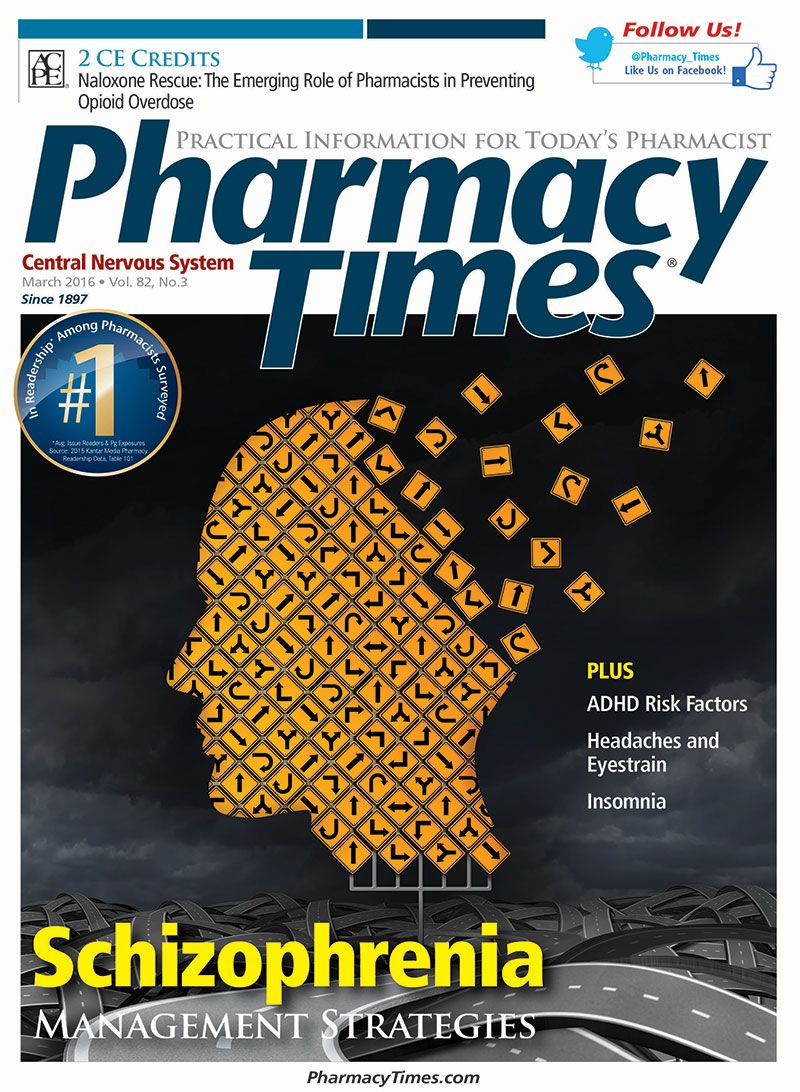Publication
Article
Pharmacy Times
Heroin Abuse: How It Differs from Rx Drug Abuse
Author(s):
Dayton, along with most of the rest of Ohio and much of the nation, is inundated with heroin abuse.
I recently had the pleasure of being asked to present at a conference in Dayton, Ohio, on the topic of prescription drugs and their relationship to the ongoing heroin problem. Dayton, along with most of the rest of Ohio and much of the nation, is inundated with heroin abuse. Law enforcement is doing everything it can, but it has not stopped the unprecedented number of overdose deaths.
One of the big questions I hear is: did the pharmaceutical companies cause the current heroin problem? If not, what is the role of the untold number of over-prescribers and their sometimes abettors—pharmacists? These questions reflect our society’s tendency to blame somebody for our ailments, and pharmaceutical companies probably top the list as the best villain, but local health care providers and pharmacists can be in the crosshairs, too.
There is no question that heroin and pharmaceutical opiates are very similar and attract similar abusers in the illegal drug world. It does not seem to matter that the majority of opiate painkiller users are undeniably legitimate patients; this fact cannot compete with the overdosing and death of painkiller abusers. Unfortunately, patients with pain have few advocates, and most of them get discounted because of their financial interests. In addition, the physical condition of patients with pain makes organized lobbying next to impossible.
Heroin abuse is nothing new to America. I saw the devastation it caused in the late 1960s and early 1970s in our inner cities. At that time, heroin was almost 10% pure, and injection was the only plausible way to attain the needed high. Today’s heroin easily tops 50% pure, and the addition of clandestine fentanyl increases the effect and the number of deaths due to overdose. When the purity of heroin exceeds 50%, an abuser can get high by snorting it, but most deaths due to heroin result from injection.
Obtaining heroin is far easier than trying to scam a doctor and, then, an attentive pharmacist. With heroin, there is no need to worry about prescription monitoring programs, which might show that an abuser is visiting multiple prescribers at the same time. There is also no need for abusers to try to pay for a medical office visit and the drug, or to use health insurance to obtain it.
Instead, the local heroin dealer always seems ready to take an abuser’s money without the hassle or questions that are often associated with pharmaceutical prescribers and legitimate dispensers. The money to pay for heroin is often obtained through crime. As an abuser’s addiction progresses, more crimes may be required to pay for more heroin, and the abuser may be incarcerated several times before something happens to break the cycle.
We tend to address the “squeaky wheel,” which, in the case of heroin abuse, is significant: overdose and death. I applaud the use of nasal naloxone, which has saved countless lives of opiate addicts. Longacting implants also are being tested for eliminating heroin cravings for months. A heroin “vaccination” would be a huge breakthrough!
The problem is that for these things to work, an abuser has to be willing to take the first step. Nobody knows this better than the thousands of individuals who are desperately trying to keep their addicted friend or relative alive in the hope that the next rehabilitation attempt will be successful.
I am pulling for all those hopeful individuals and families for 2 reasons. First, when an opiate addict recovers and leads a purposeful life, it reduces the stress, and its damaging effects, on the addict and his or her family and friends. Second, if a meaningful number of abusers achieves longterm recovery, the much larger number of individuals with chronic pain will be less likely to be deprived of pain medication. I call that a win-win situation and sincerely hope it becomes reality someday.
Cmdr Burke is a 40-year veteran of law enforcement and the past president of the National Association of Drug Diversion Investigators. He can be reached by e-mail at [email protected] or via the website www.rxdiversion.com.

Newsletter
Stay informed on drug updates, treatment guidelines, and pharmacy practice trends—subscribe to Pharmacy Times for weekly clinical insights.






